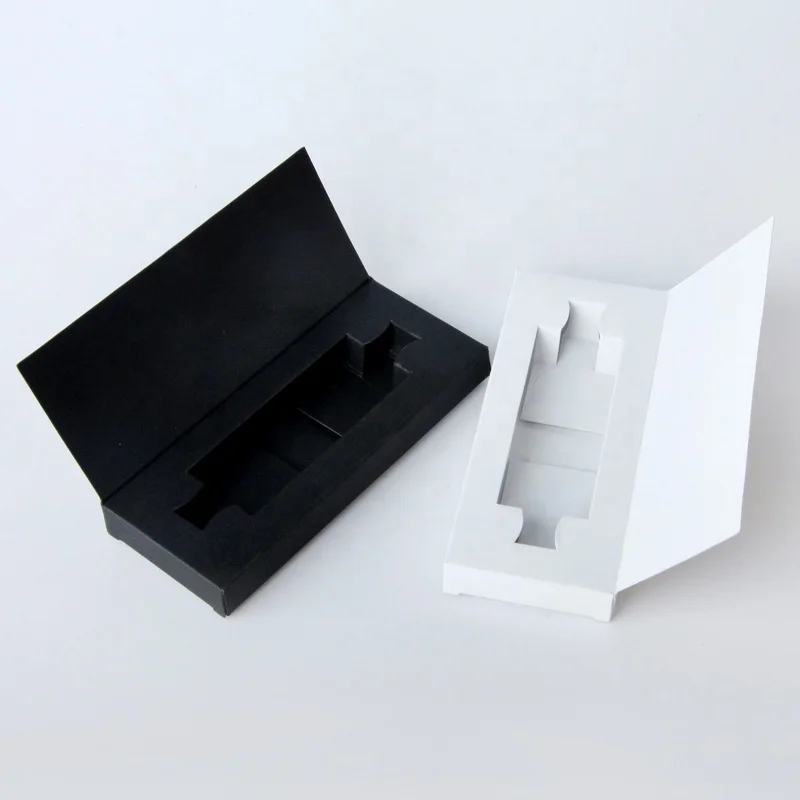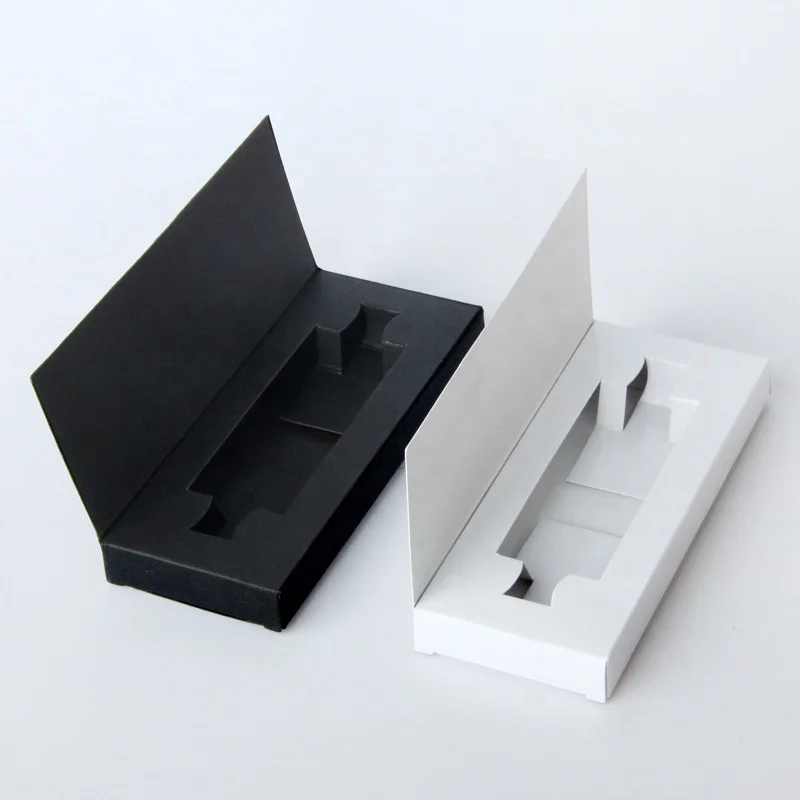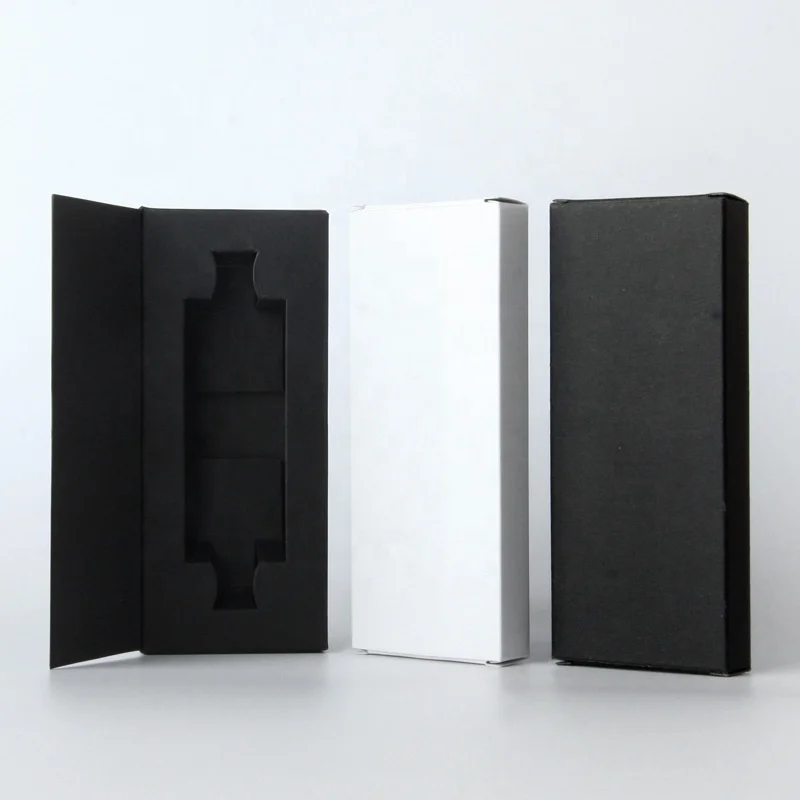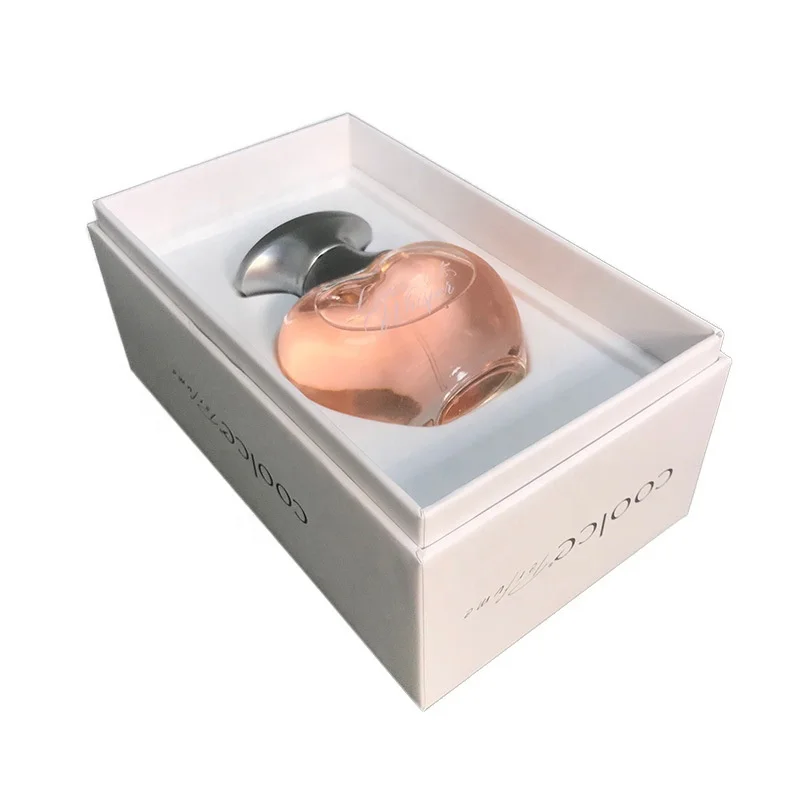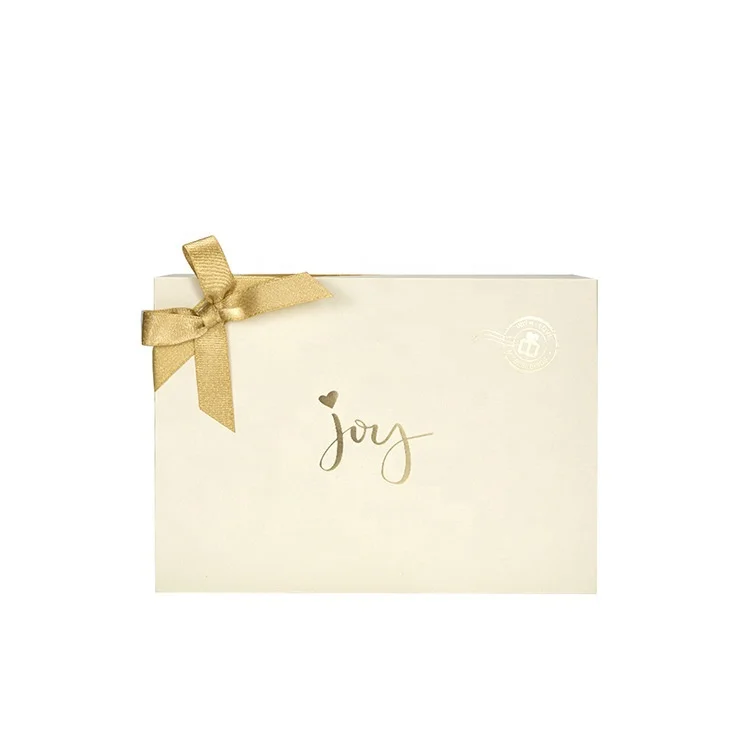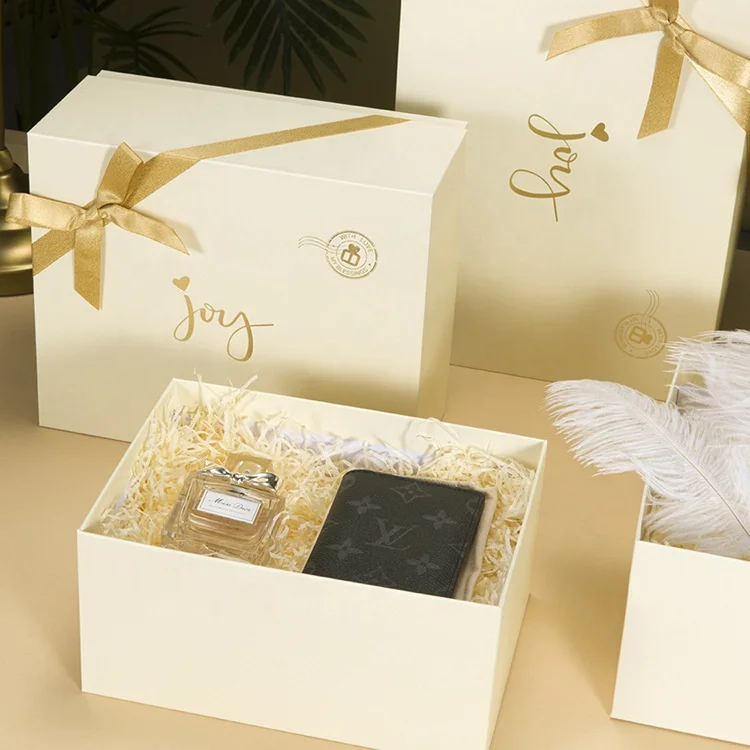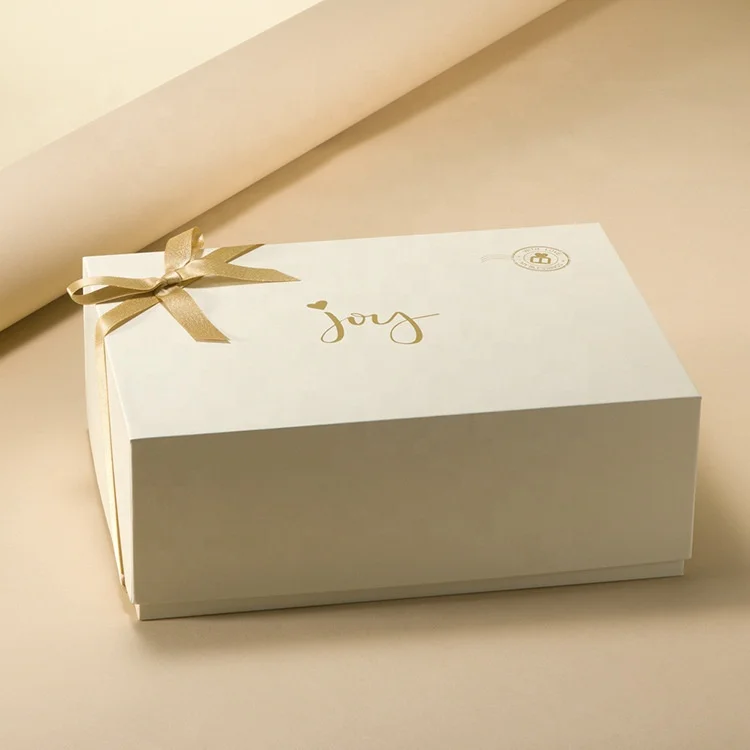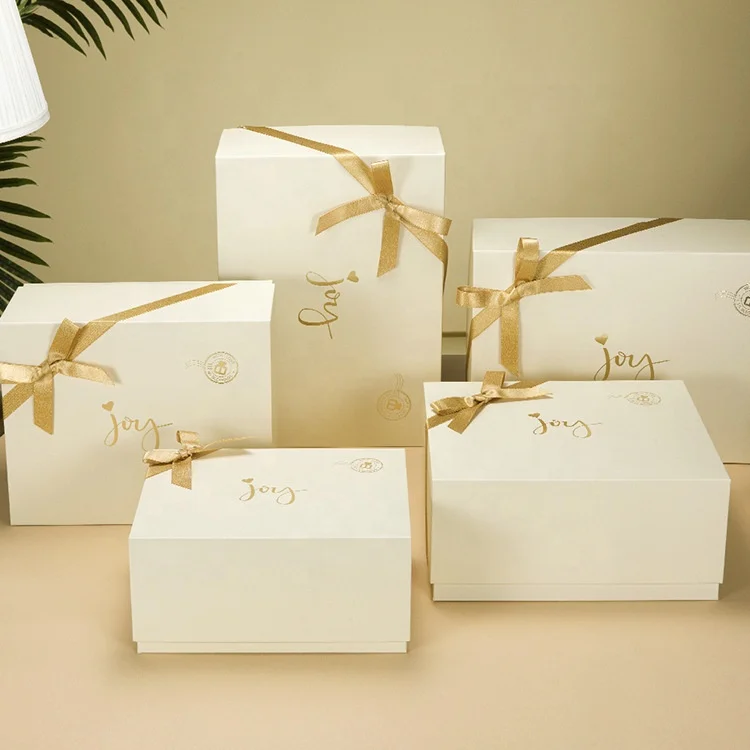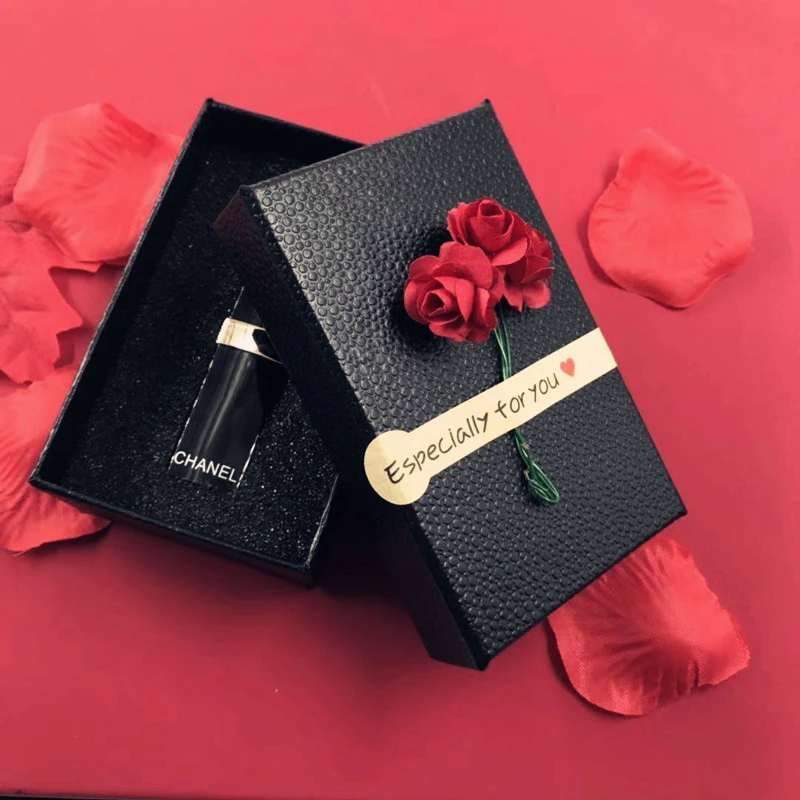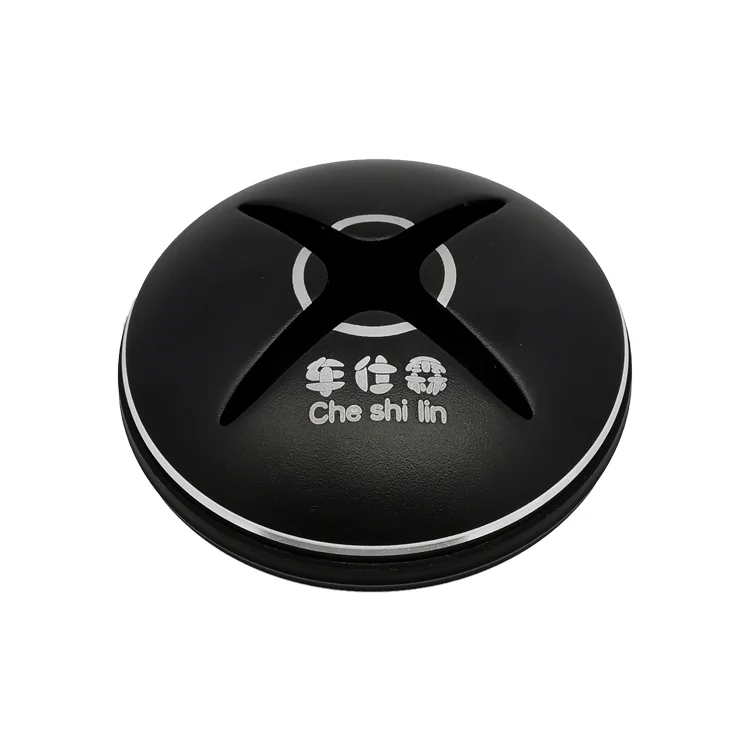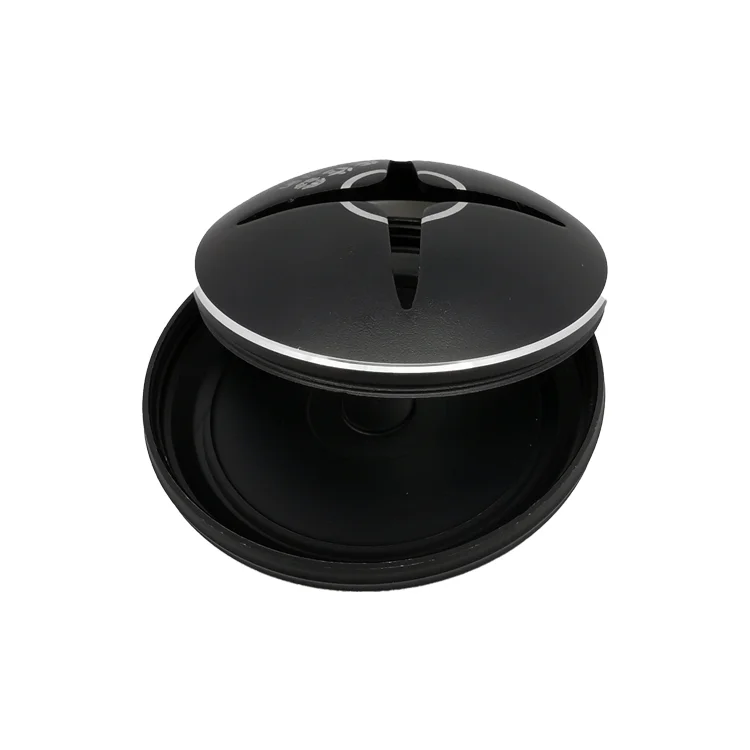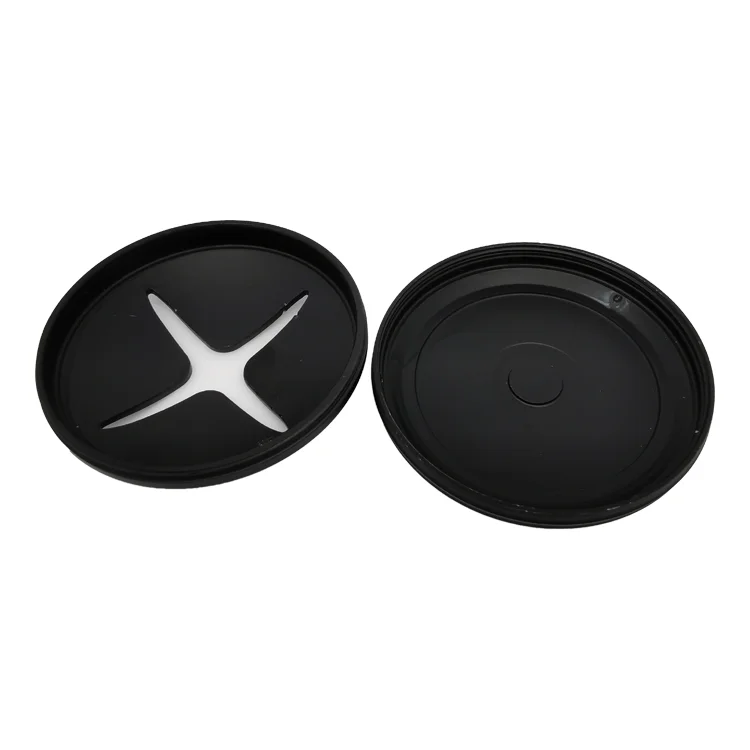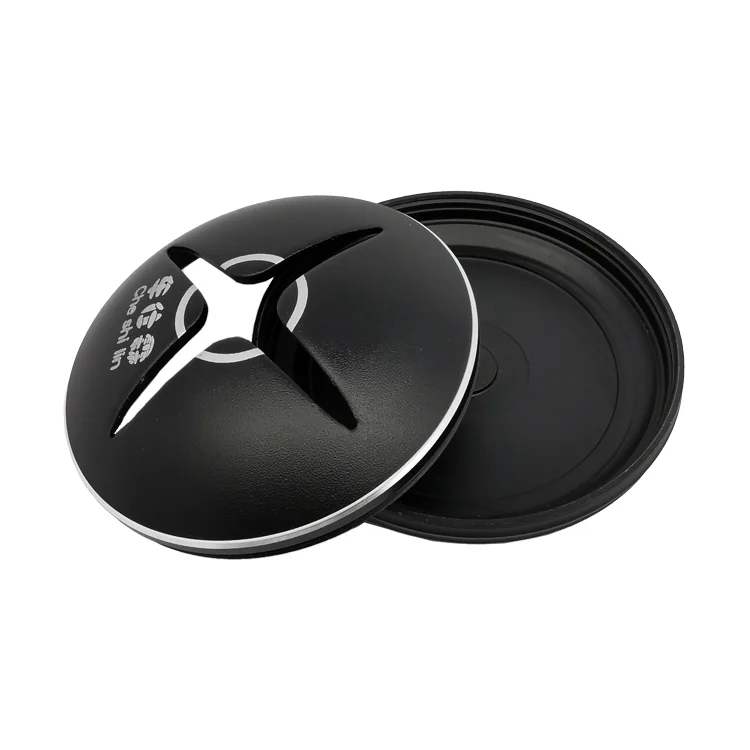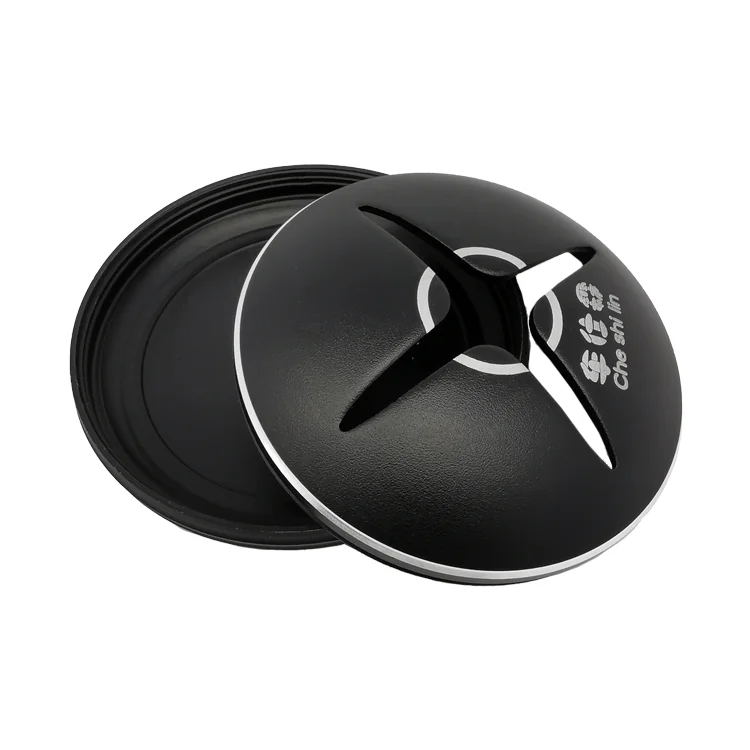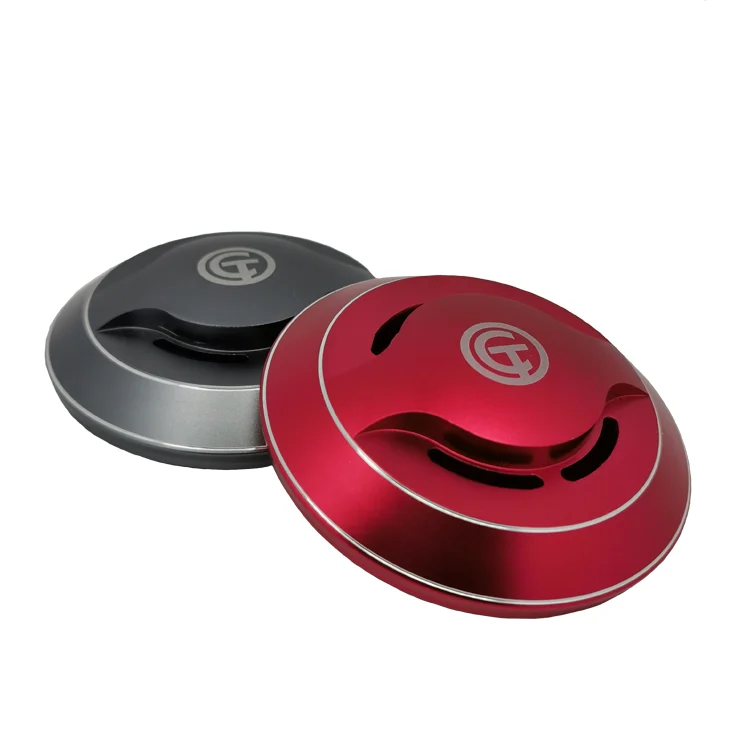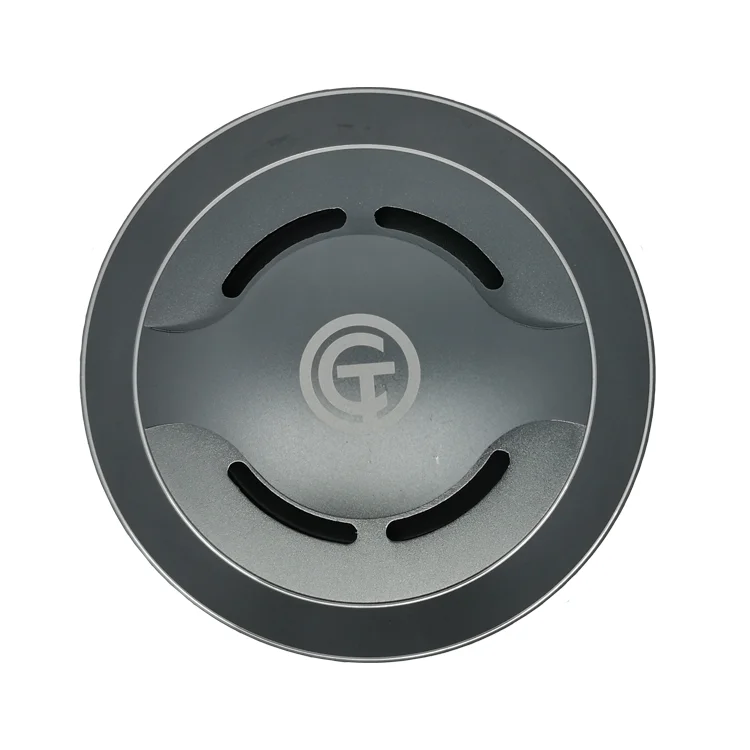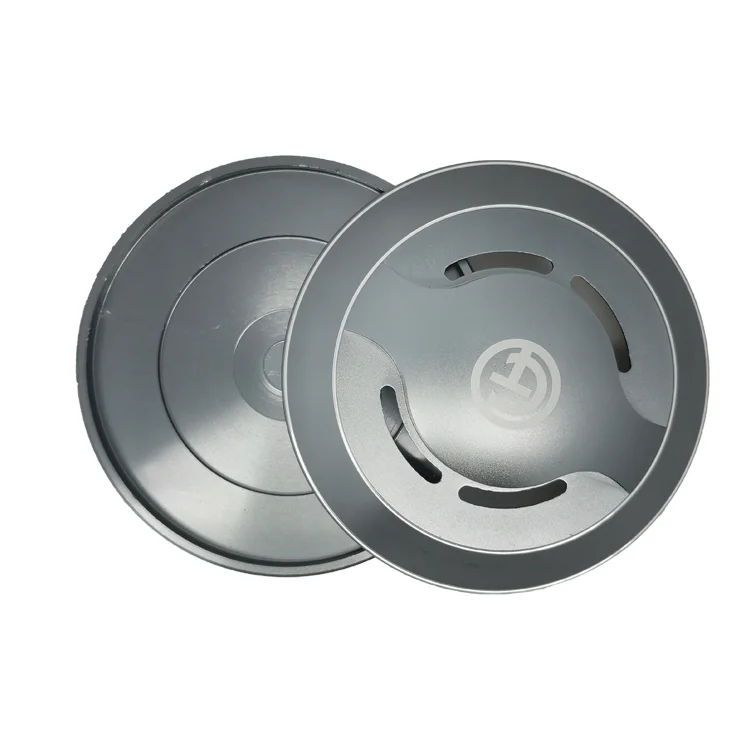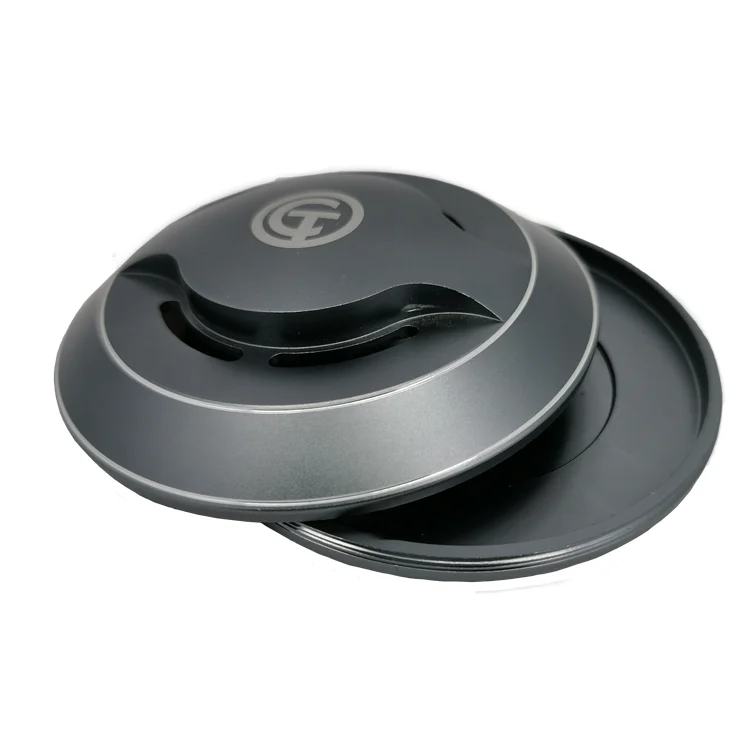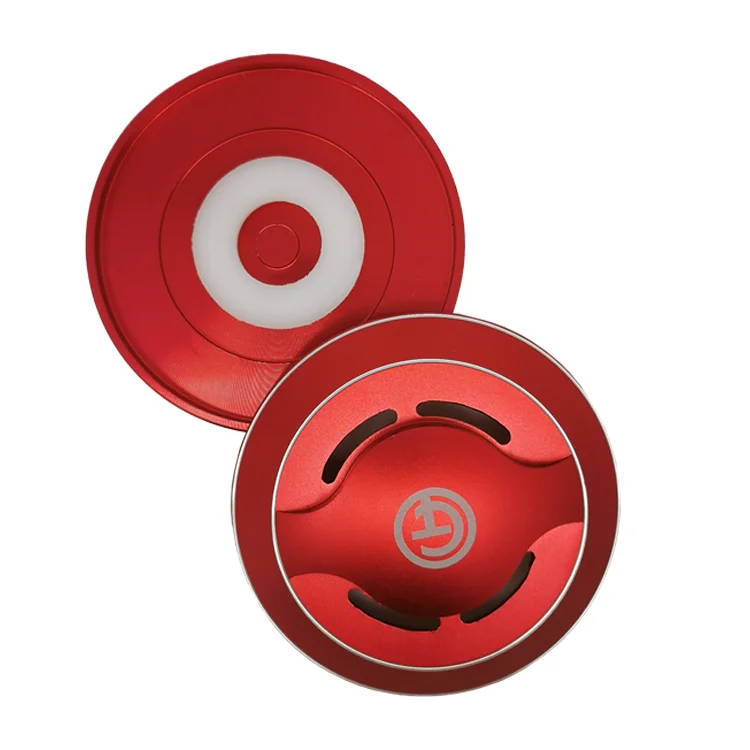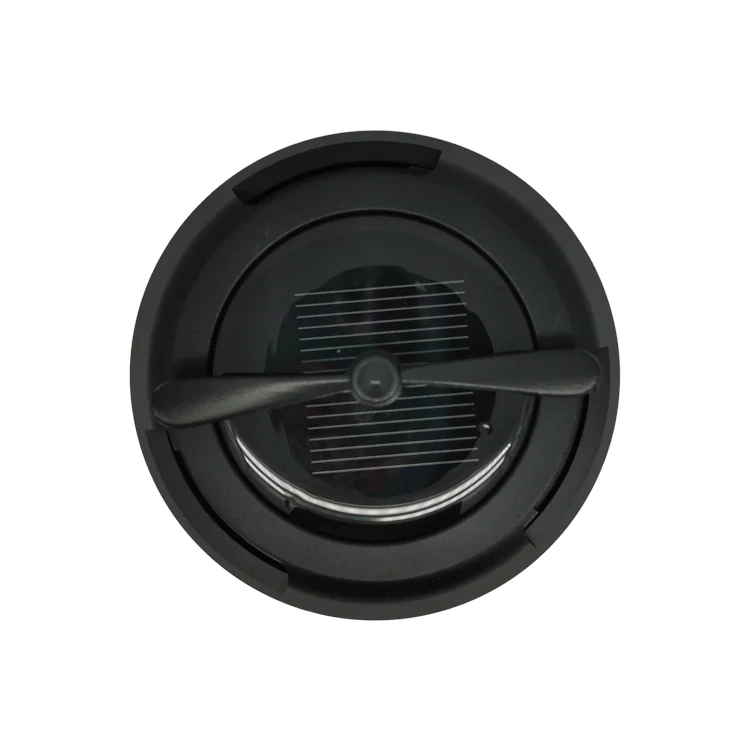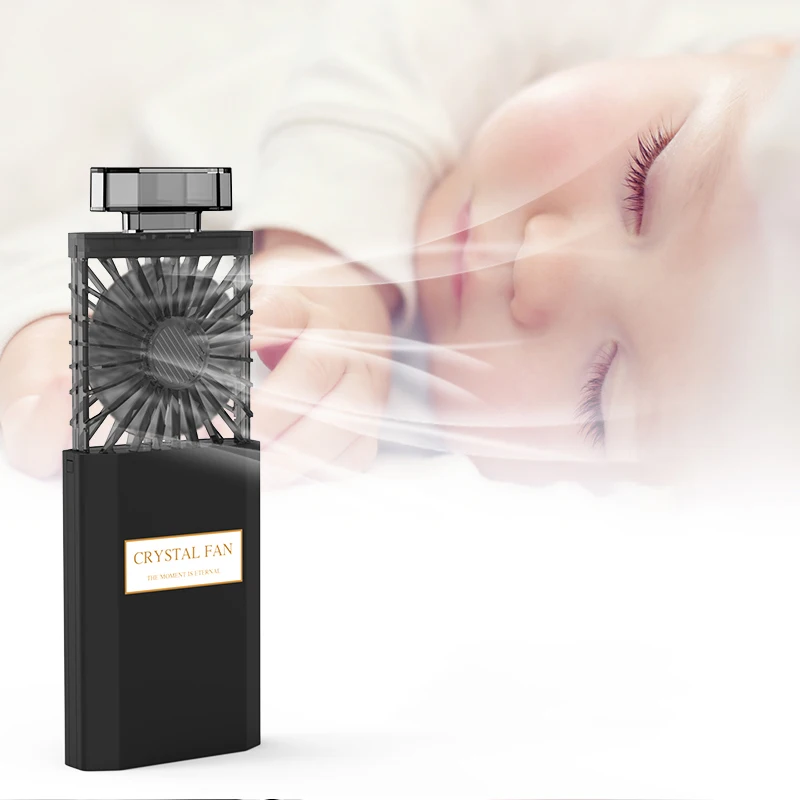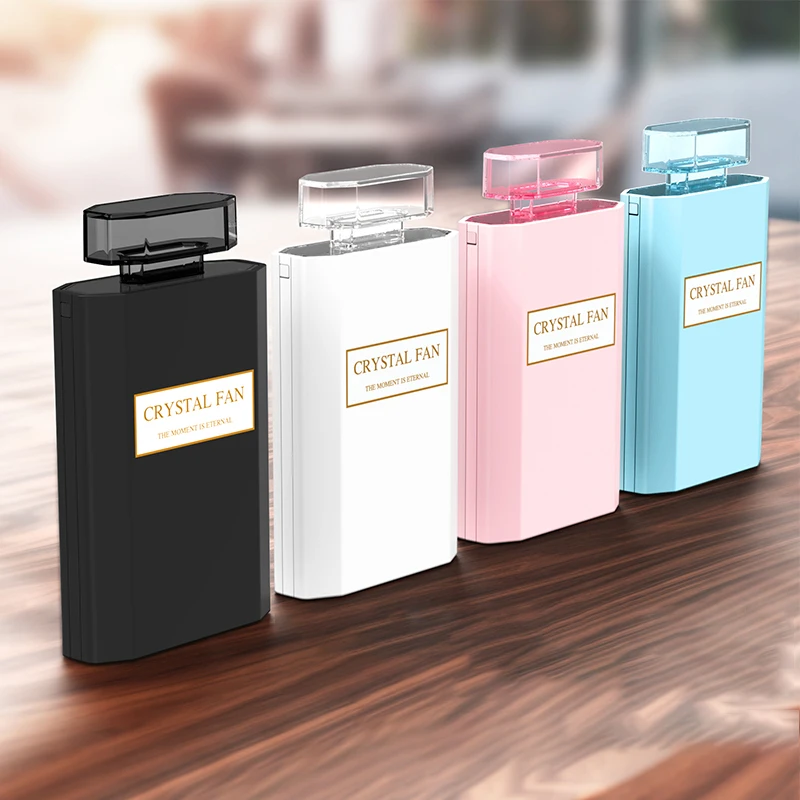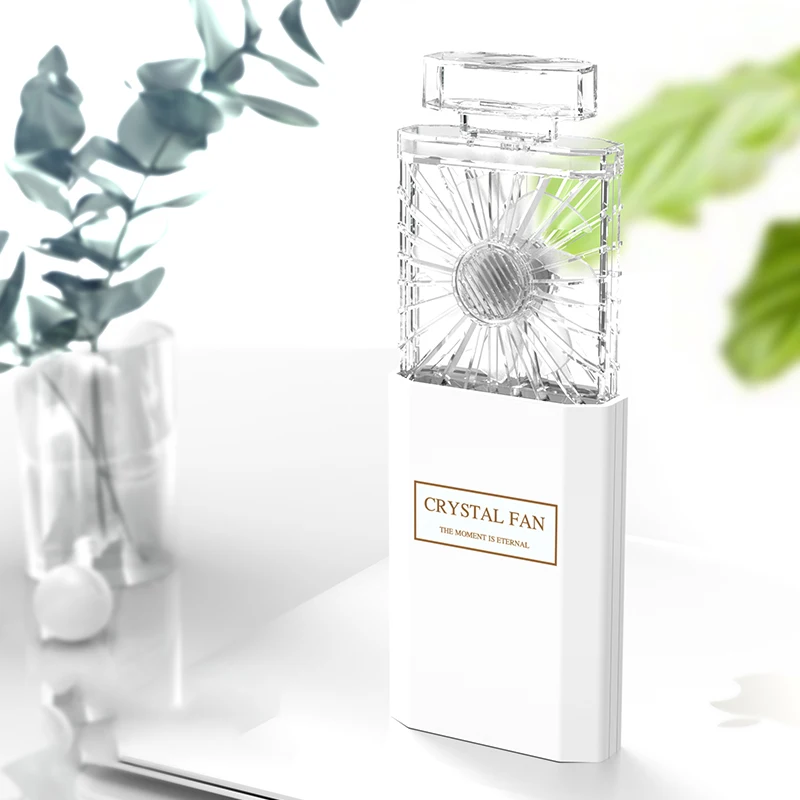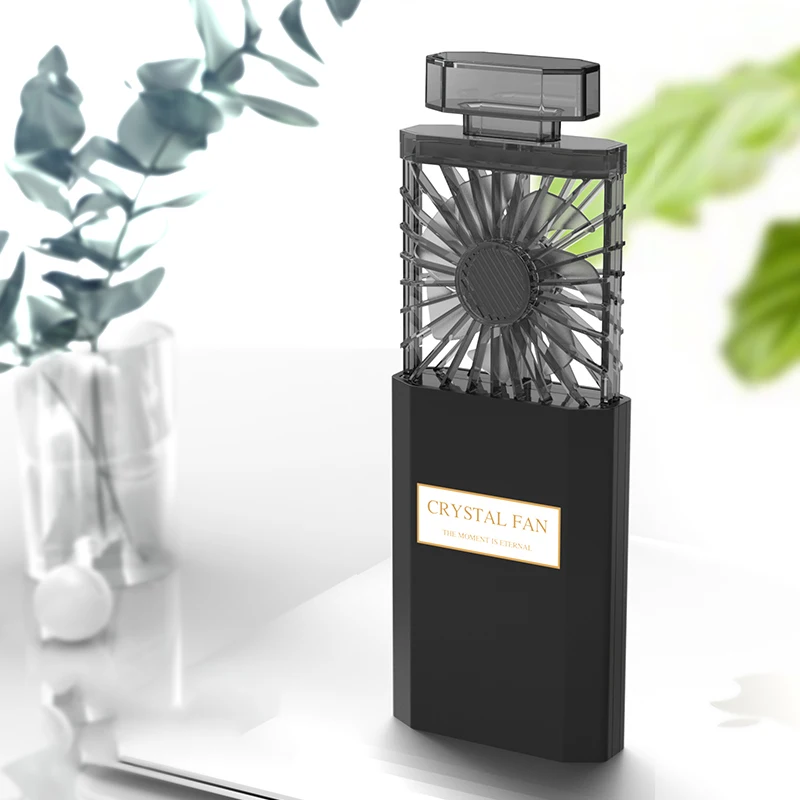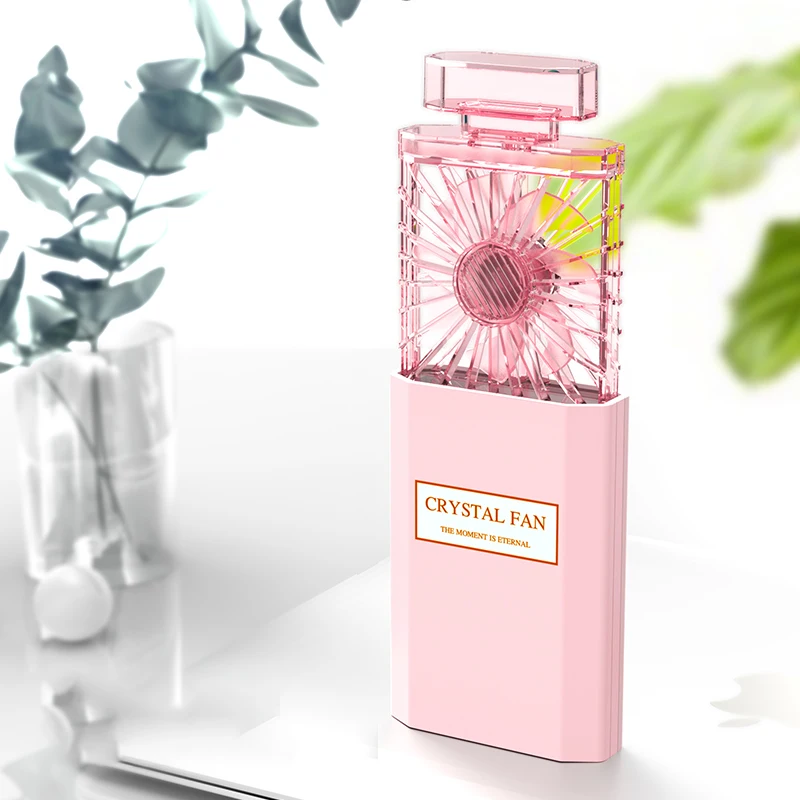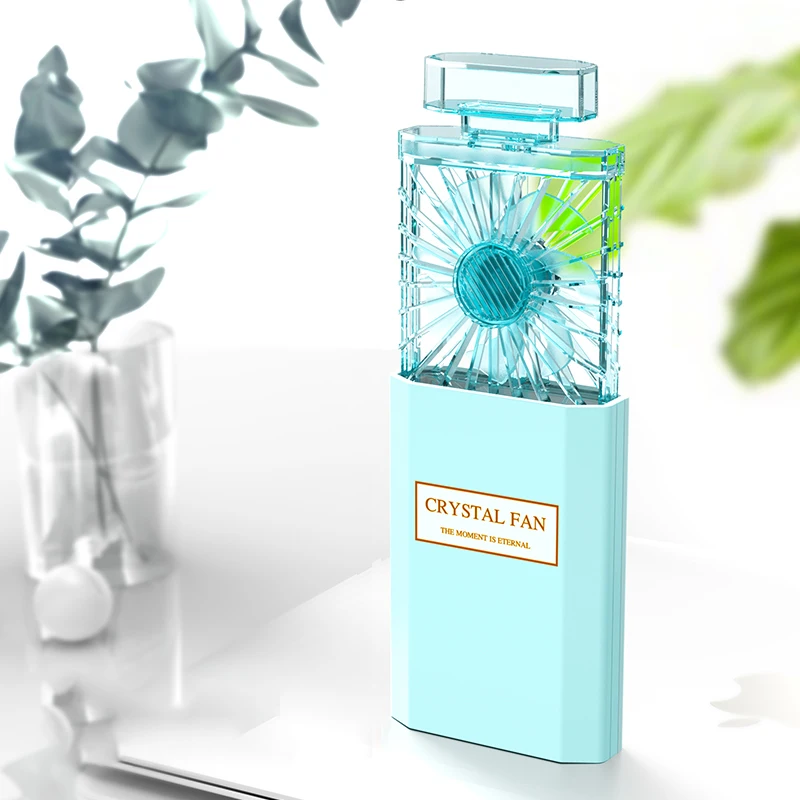Safe and Gentle Children & Baby's Perfume: What Parents Need to Know
Finding the perfect Children & Baby's Perfume requires balancing safety, mildness, and delightful scents. With growing demand for child-friendly fragrances, parents need reliable guidance to navigate this niche market—especially when sourcing from global manufacturers like those in China.
How to Find Reliable Children & Baby's Perfume from China in 2025
Chinese manufacturers now lead in producing affordable yet high-quality baby perfumes. Look for:
- ISO 22716 or GMP certification for cosmetics
- ECOCERT organic labels (for natural options)
- FDA/CE compliance for international sales
Platforms like Alibaba verify suppliers through "Gold Supplier" badges and trade assurance programs. Request third-party lab reports for allergen testing—especially for ingredients like phthalates and parabens.
What Buyers Should Know Before Buying Children & Baby's Perfume from China
1. Minimum Order Quantities (MOQs): Typically 500-1,000 units for custom formulations
2. Lead Times: 15-30 days for stock items, 45-60 days for custom scents
3. Sample Policies: Most suppliers offer paid samples (refundable against bulk orders)
Pro Tip: Negotiate for small-batch testing before large commitments. One French buyer saved 40% by working directly with a Guangzhou-based OEM instead of European distributors.
Types of Children & Baby's Perfume
1. Water-Based Sprays: Alcohol-free, ideal for sensitive skin (lasts 2-3 hours)
2. Roll-On Oils: Blend of jojoba oil and fragrance (longer-lasting)
3. Scented Talcs: Dual-purpose dusting powder with light fragrance
4. Bubble Bath Infusions: Playtime-friendly aromatic washes
Emerging Trend: "Skin-First" perfumes with ceramides and prebiotics that support skin barrier health while delivering subtle scents.
Functions and Features of Children & Baby's Perfume
Modern formulations go beyond fragrance:
- pH Balanced: 5.5-6.5 to match baby's skin
- Thermal Protection: Some contain aloe vera for sun-exposed skin
- Anti-Stress Blends: Lavender/chamomile for bedtime routines
A 2024 Pediatric Dermatology study found that 82% of tested baby perfumes with oat extract showed reduced irritation compared to traditional formulas.
Scenarios of Children & Baby's Perfume
Daily Use: Light floral/citrus for daycare or preschool
Special Occasions: Vanilla/cotton candy for birthdays
Travel Essentials: Compact roll-ons for stroller bags
Gift Sets: Paired with organic baby lotions
Case Study: A Japanese brand increased repeat purchases by 70% after introducing "Seasonal Scent Calendars" with monthly rotating fragrances.
How to Choose Children & Baby's Perfume
1. Ingredient Check: Avoid synthetic musks and ethanol
2. Scent Strength: Opt for <5% fragrance concentration
3. Packaging Safety: Child-resistant caps for sprays
4. Allergy Testing: Patch test behind ears before full use
Expert Tip: The "Sniff Test"—if you can smell it from 12 inches away, it's too strong for baby's developing olfactory system.
Children & Baby's Perfume Q & A
Q: At what age can babies use perfume?
A: Most dermatologists recommend waiting until 12+ months, using only specially formulated products.
Q: Are there unscented "perfumes" for babies?
A: Yes! Some brands offer fragrance-free hydrating mists with skin-nourishing ingredients.
Q: How long does baby perfume last on skin?
A: Typically 2-4 hours—much shorter than adult perfumes by design.
Q: Can I use diluted adult perfume on my child?
A: Not recommended. Adult fragrances contain higher alcohol concentrations and potential irritants.
Q: What's the price range for quality baby perfume?
A: $8-$25 for 50ml from reputable brands. Beware of extremely cheap options that may compromise safety.










